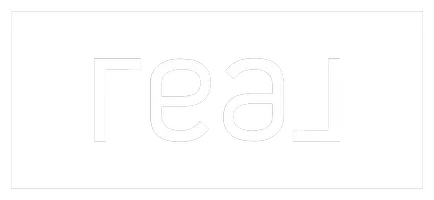Blog > The Hidden Costs of Selling a Home on Long Island That No One Talks About
The Hidden Costs of Selling a Home on Long Island That No One Talks About
by
The Hidden Costs of Selling a Home on Long Island That No One Talks About
Introduction
Selling a home on Long Island can be an exciting venture, but it's essential to be aware of the hidden costs that might surprise you. Understanding these costs upfront can save you from unexpected financial strain.
1. Common Seller Fees
When selling your home, you will encounter standard fees such as real estate agent commissions, which typically range from 2% to 6% of the sale price. Additionally, closing costs can add up, including title insurance, transfer taxes, and other administrative expenses.
2. Unexpected Repairs and Renovations
To attract potential buyers, you may need to invest in repairs and renovations. Whether it's fixing a leaky roof or updating outdated fixtures, these costs can quickly add up and impact your bottom line.
3. Staging and Marketing Expenses
Professional staging and marketing are crucial for showcasing your home in the best light. These services can be costly, so it's wise to check with your realtor to see what is included in your listing agreement. Some realtors offer these services as part of their package, while others may charge extra.
4. Legal and Administrative Fees
Selling a home involves various legal and administrative tasks that may require professional assistance. Legal fees for preparing contracts and administrative costs for paperwork management are often overlooked but necessary expenses. In Suffolk County, NY your can expect to pay approximatley $1800 for your attorney.
5. Moving Costs
Once your home is sold, the process of moving can incur significant costs. From hiring professional movers to purchasing packing supplies, these expenses can be substantial and should be factored into your budget.
6. Extra Closing Costs for Co-op Sellers: Selling a co-op comes with its own set of fees that many owners don’t anticipate. These can include flip taxes (which range from a flat fee to a percentage of the sale price, depending on the building), co-op attorney fees, move-out deposits or fees, and managing agent processing fees. Some buildings also require sellers to cover the buyer’s application or board package fees to streamline the deal. These costs can add up to several thousand dollars—and unlike with condos or houses, they vary greatly by building.
Conclusion
Selling a home on Long Island comes with its share of hidden costs, but with proper planning and guidance, you can navigate these expenses effectively. Consulting with a knowledgeable real estate agent can provide clarity and help you manage these costs.
Call to Action
If you're considering selling your home and want a detailed cost analysis, contact me today. Let's work together to ensure a smooth and financially sound selling process. Download a Seller Net Sheet Here.

